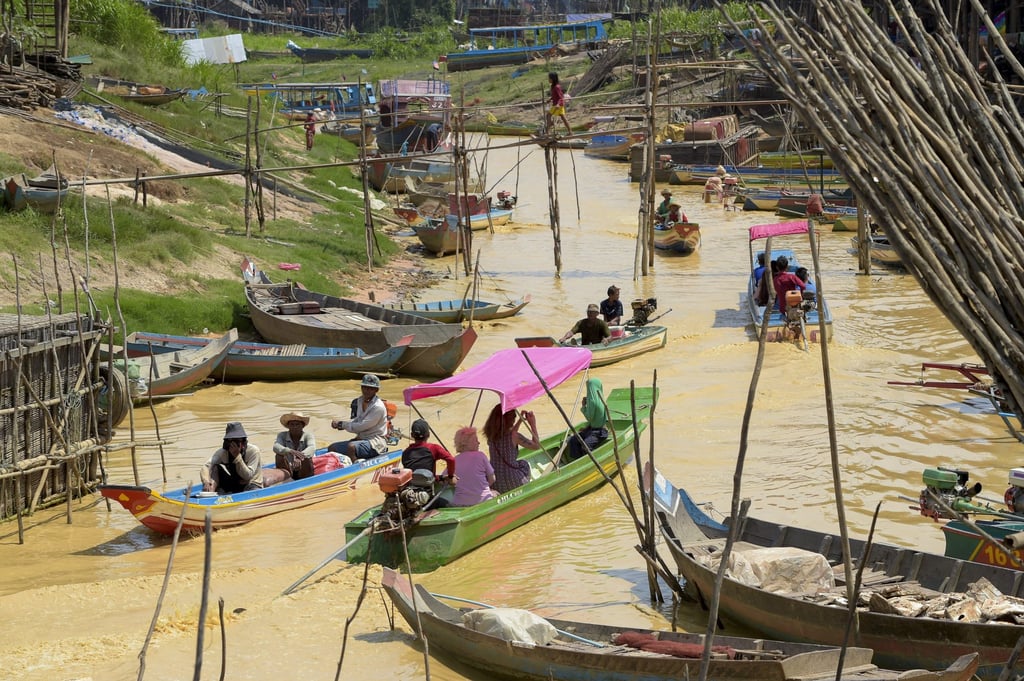Asian Angle | Cambodia’s US$1.7 billion China-backed canal sparked unease. Here’s how it can soothe concerns
- The 180km Funan Techo Canal project has the potential to supercharge Cambodia’s economy by providing the country’s first-ever inland-sea link
- But Vietnam, and its other Mekong neighbours, need assurances about the project’s socio-economic, environmental and security implications

The project’s supporters hail the canal as a groundbreaking and innovative endeavour that will establish Cambodia’s first-ever inland-sea link – boosting commercial activity, and benefiting domestic producers and farmers, by enabling the more competitive transport of locally-produced goods to outside markets.
However, its opponents worry about the canal’s security implications, and complain about a lack of clarity in addressing socio-economic and environmental side effects. They argue that insufficient consultation and collaboration has left local communities ill-prepared to deal with the project’s potential repercussions once it has been built.
Policymakers need to ensure that the canal’s economic benefits do not come at the cost of any unwarranted social, environmental, and stability implications for Cambodia and the wider region. To improve the odds of this being the case, lessons should be learned from other successful case studies; domestic grievances should be addressed appropriately; and all stakeholders should be involved in the decision-making process to mitigate the potential for negative outcomes.

For such an economically risky and politically sensitive project that is bound to attract public scrutiny, thorough technical explanations and compelling scientific data will be required to address any environmental and social concerns, and convincingly demonstrate that both the government and investing company are sincere and consistent in their efforts to mitigate potential risks.

